Preheat your Crock-Pot
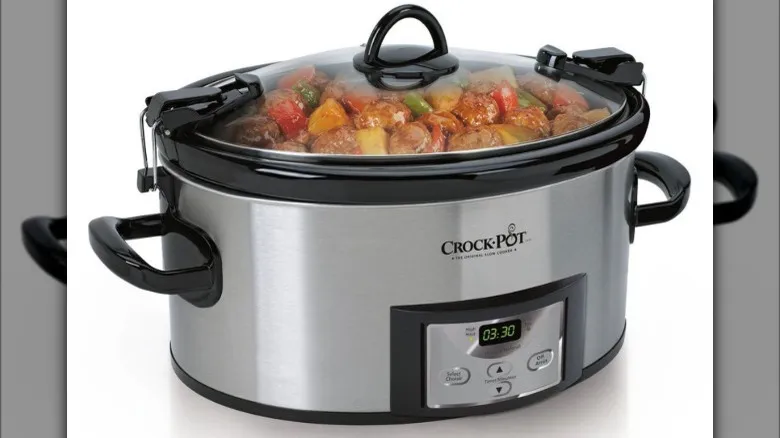
Many people tend to overlook this, and while it may not always be essential, if your recipe requires browning meat or aromatics on the stovetop first (which is typical in braises and stews), allow your Crock-Pot to preheat while you do so. This way, you’re adding hot ingredients to a hot pot, minimizing energy loss. (We advise against browning directly in the Crock-Pot, as it can be more challenging to manage the heat.)
Use nonstick spray or butter
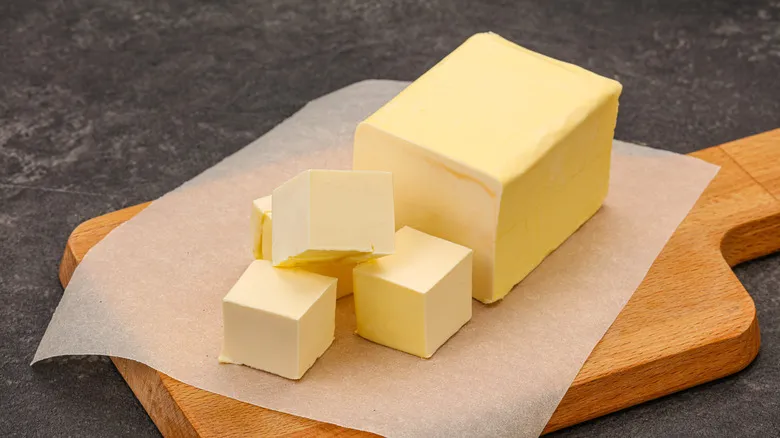
Apply a light layer of nonstick spray or rub butter along the interior of your Crock-Pot (you can use a pastry brush, a kitchen towel, or even the butter stick in its wrapper) before adding the ingredients. This will help prevent food from burning in those spots. A gentle coating is sufficient, and this advice holds true whether you preheat the Crock-Pot or not.
Strategically layer your ingredients for optimal cooking
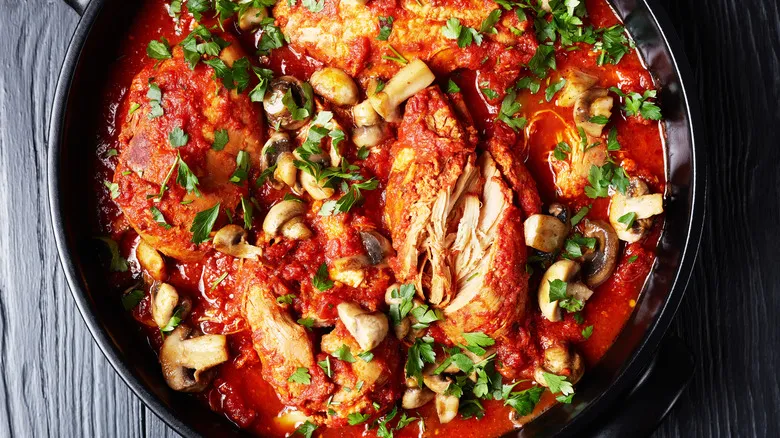
Arrange robust ingredients—such as onions, garlic, potatoes, sweet potatoes, beets, or other root vegetables—along the bottom and sides, where the heat is more intense. This will ensure they cook more evenly in those areas. This approach also creates room for more delicate ingredients—like meat or cheese—to be placed on top and in the center. If you're incorporating wine for extra flavor, consider marinating the meat or vegetables in it beforehand, then add the remaining ingredients 30 minutes before the cooking time is complete.
Don't pack your Crock-Pot more than ⅔ full
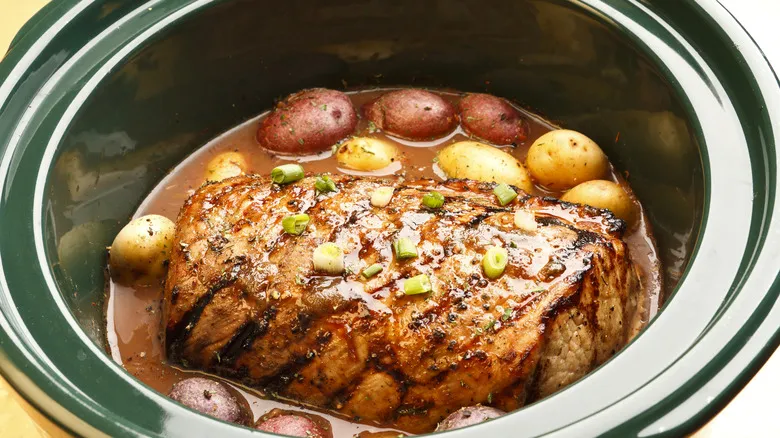
If you fill the Crock-Pot too much, the worst-case scenario is that it might spill over onto the counter. Additionally, overloading it can lead to uneven cooking. Conversely, if there isn’t enough liquid in the pot, the food may end up overcooked. Aim to keep the liquid level at least halfway up the crock to avoid drying out or burning the dish.
Cook the meat on the stove first
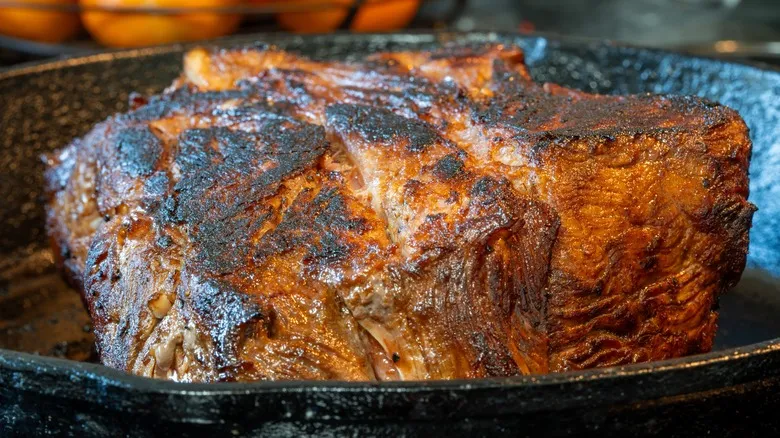
Start by browning your meat in a skillet to achieve a rich, robust flavor. While some prefer to brown it at the end for a crispy outer texture, the meat can become so tender that it falls apart, making it challenging. After browning, deglaze the skillet and incorporate the deglazing juices into the crock. If you're using fattier cuts like pork shoulder, be sure to drain off most of the excess fat before deglazing. And remember to refer back to step #1 and preheat your Crock-Pot while you’re preparing everything!
Dredge your meat in cornstarch and flour
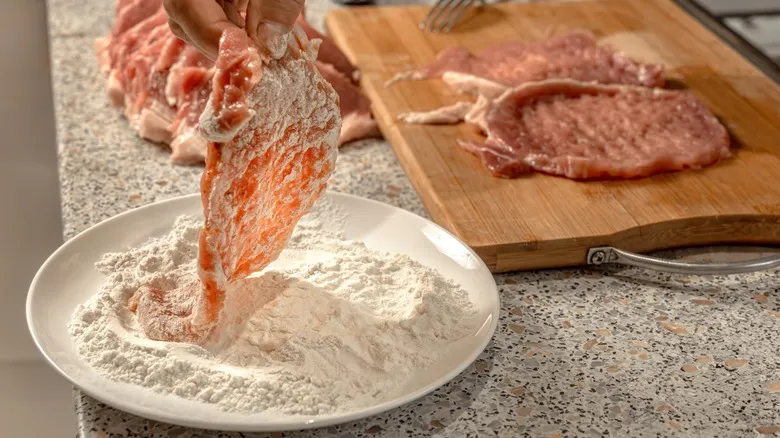
To achieve a thicker liquid at the end, coat your meat in flour before browning it. Alternatively, you can mix one part cornstarch with two parts water and add it about an hour before the dish is finished. The cornstarch molecules will absorb the water, resulting in a rich, dense broth. If you prefer a thinner broth, feel free to omit this step.
Add delicate vegetables or cream at the end
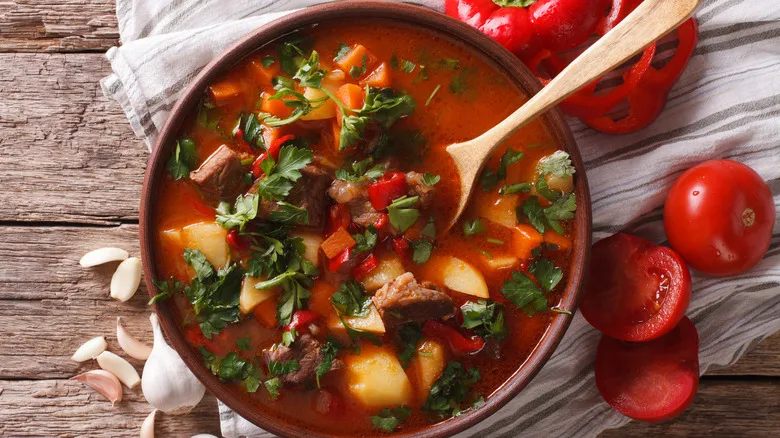
Gentler, more fragile ingredients, such as tomatoes and spinach, should be added in the final hour of cooking. Incorporate dairy products, like cream, in the last 30 minutes or less to avoid curdling. If your recipe includes wine, consider adding it during the last 30 minutes of cooking. Opt for a light red wine with minimal oak influence, such as Zinfandel or Merlot, to prevent the flavor from becoming bitter as it simmers in the Crock.
Add water or stock after the other ingredients
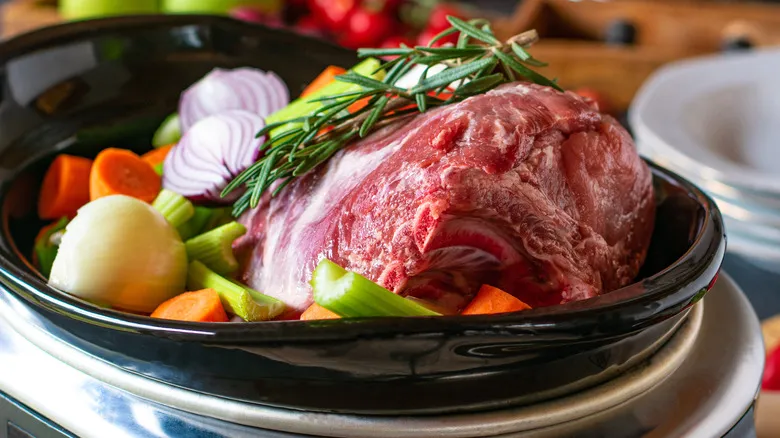
When your soup or stew recipe requires broth or water, start by placing the solid ingredients in the crock. Then, pour the liquid over them to avoid overfilling. If you prefer a thinner broth, you can add more liquid (water or broth) just before serving. If you're using wine, most of the alcohol will evaporate during the final 30 minutes of cooking.
Don't be shy about seasoning, and add herbs at the end

A slow cooker can enhance the flavors of meat and vegetables beautifully, but it may also diminish the vibrant notes of fresh herbs. When using this method, be sure to season more generously, as the flavors can weaken after several hours. This is particularly true for fresh herbs, which should be added in the final 15 minutes of cooking.
Be aware of the temperature
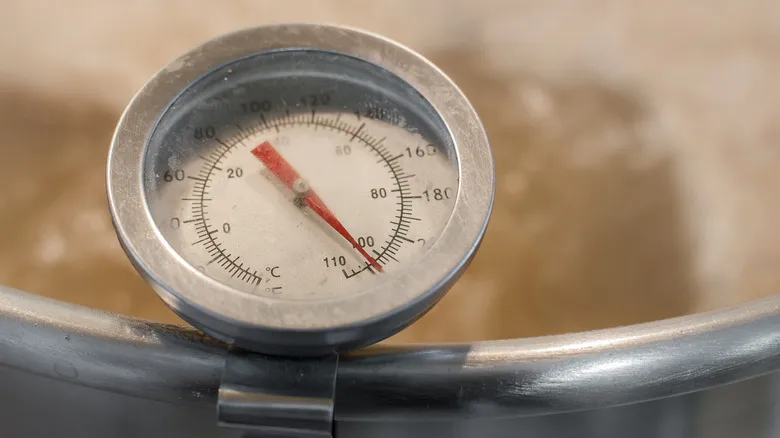
A standard Crock-Pot maintains food temperatures between 180 degrees Fahrenheit and approximately 209 degrees Fahrenheit, with the latter being the maximum cooking temperature. Most Crock-Pots offer at least three settings: low (cooks for 7-8 hours to reach the maximum temperature), high (3-4 hours), and warm (to keep the dish at serving temperature after cooking). It's important not to leave it on the warm setting for more than four hours, as this could significantly alter the dish's flavor.
Don't open the lid until you're finished cooking
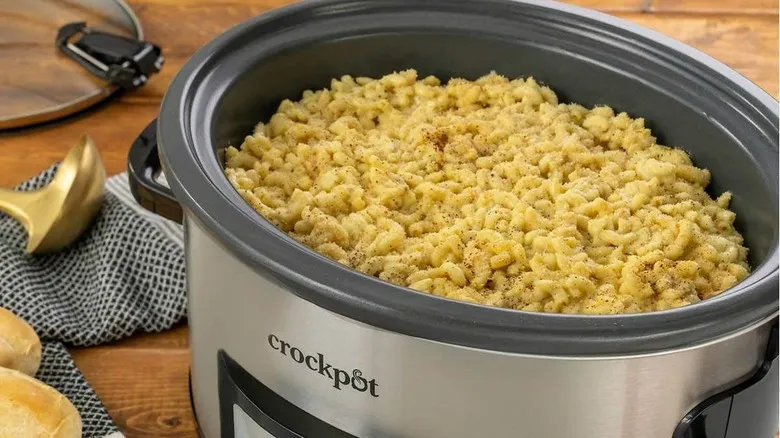
Avoid lifting the lid while cooking. The steam inside will be hot, and opening the Crock-Pot can reduce the temperature, which may extend the cooking time for your food.
Once you unplug the Crock-Pot, allow it to cool down. After that, remove any leftovers, take out the stoneware from the heating element, and clean the Crock-Pot. Most models feature dishwasher-safe stoneware, so you can typically place it in the dishwasher along with the lid.
Easy Crock-Pot recipes to try
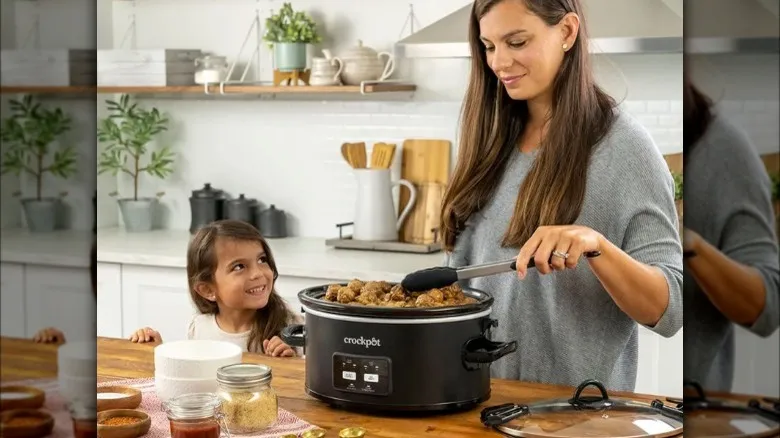
Now that you're familiar with the basics of using Crock-Pots, it's time to experiment with some easy recipes. Begin your day with a warm bowl of apple-cinnamon slow cooker steel-cut oatmeal, and for a filling lunch, prepare chunky slow cooker split pea soup. When dinner rolls around, choose between spicy beef chili or spicy turkey chili, based on your meat preference. If you're in the mood for Mexican cuisine, try making delicious chicken mole, or opt for a Southern barbecue classic with pulled pork. The possibilities for what you can create in a Crock-Pot are nearly limitless.
Recommended

The Worst Caviar Mistake You Can Make Starts With The Spoon
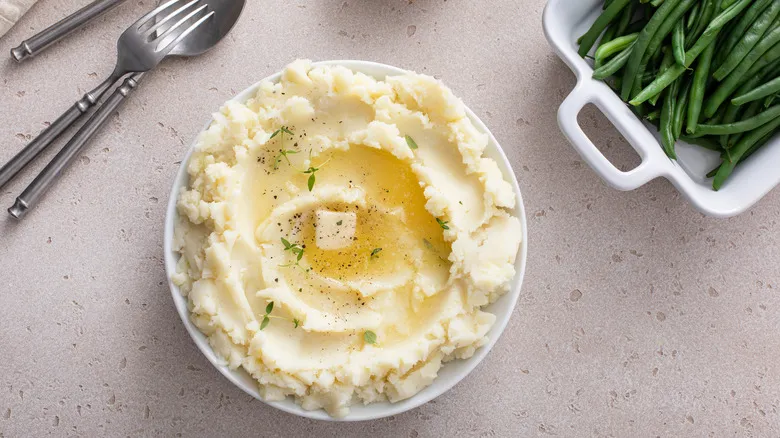
The 3 Kitchen Tools You Need For Restaurant-Worthy Mashed Potatoes
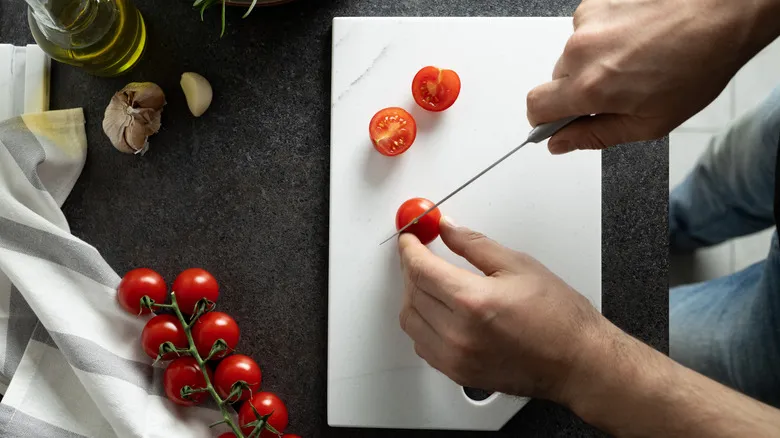
The Worst Cutting Board Materials Will Ruin Your Kitchen Knives
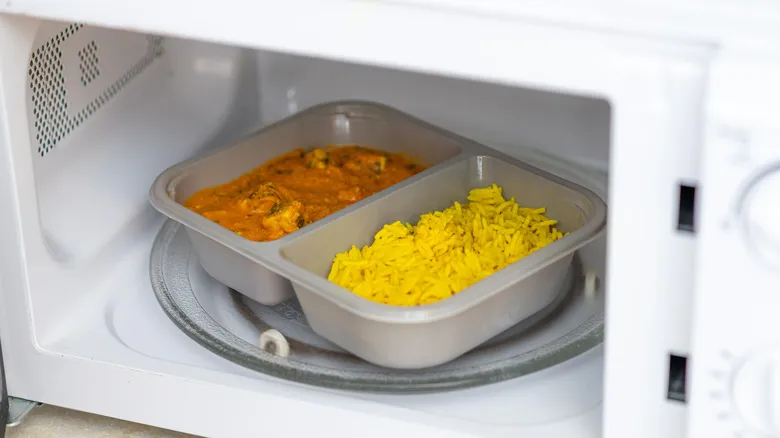
Why Letting Frozen Food Stand After Microwaving Is The Key To Better Results
Next up

